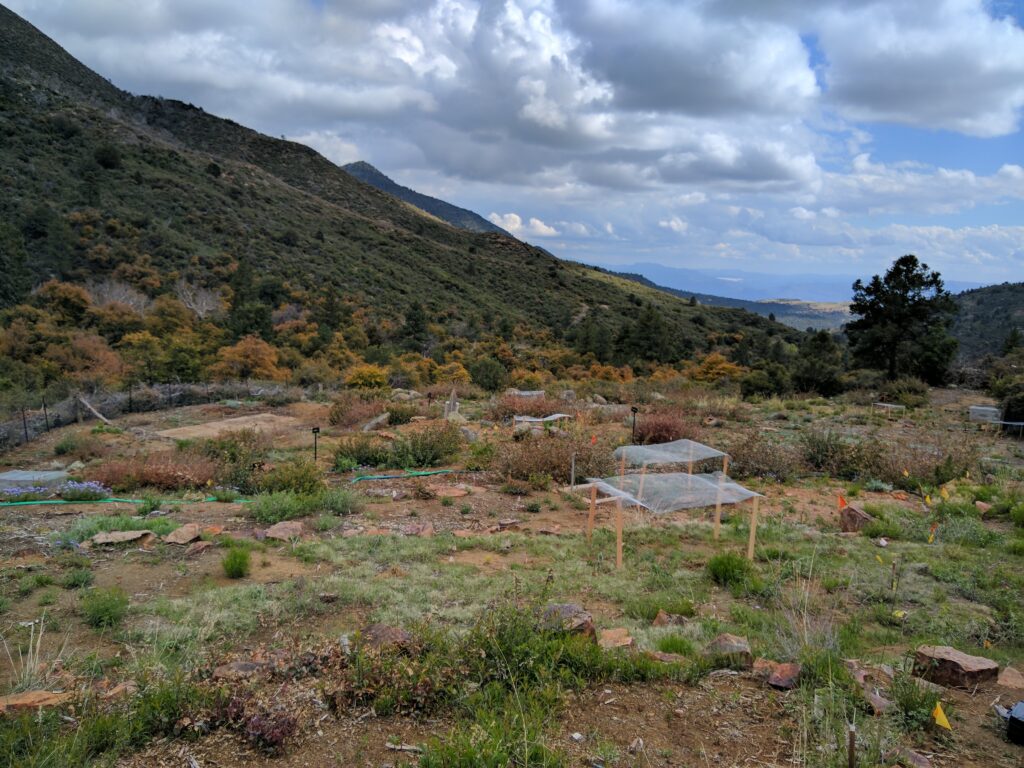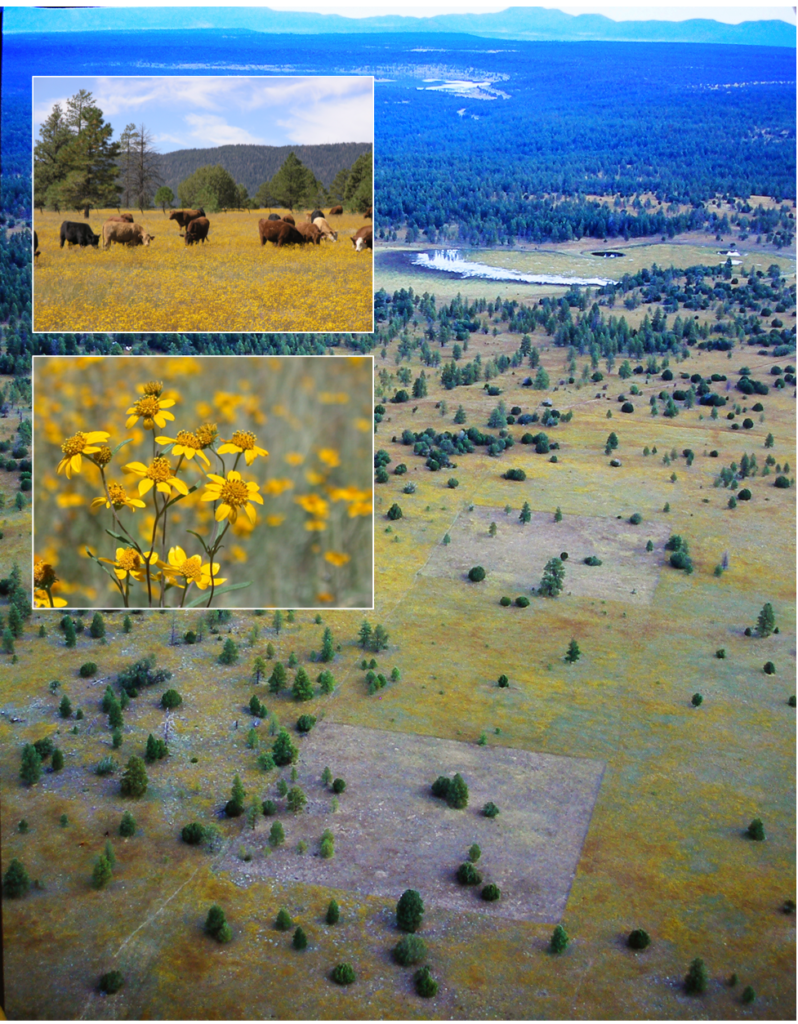The Lab of Conservation Ecology is a multi-faculty lab, united around the theme of conservation of Southwestern landscapes in an era of global change. To enhance diversity and resilience of these unique dryland ecosystems, we work across a variety of disciplines and ecological scales, ranging from population-level demographic and genetic analyses of rare plants to landscape-level investigations of fire resilience and adaptation. Below, we showcase several representative projects that illustrate our multidisciplinary approach to conservation science.

CURRENT FOCUS AREAS
COUPLED HUMAN-NATURAL SYSTEMS

- Social and ecological fragmentation along jurisdictional boundaries
- Emory Oak Collaborative Tribal Restoration Initiative (EOCTRI)
- Tribal Nations Botanical Research Collaborative
RARE PLANT CONSERVATION
- Demographics of Pectis imberbis
- Pollination, germination, and recruitment barriers for Amsonia kearneyana
- Drivers and consequences of low pollination rates for Pediocactus peeblesianus var. fickeisenae
DRYLAND RESTORATION AND ADAPTATION

- Factors influencing the production of native forb seed to inform commercial production
- The influence of source population on growth and pollination of native forbs for restoration planning
- Cuenca Los Ojos monitoring program: evaluating restoration success and informing conservation management
- Climate adaptation strategies for the arid grasslands of the Colorado Plateau
- Rapid plot monitoring of landscape-scale forest restoration within the four Forest Restoration Initiative (4FRI) project footprint in Northern Arizona
FIRE RESILIENCE AND ADAPTATION

- Social and ecological drivers of fire resilience in the Sonoran Desert.
- Southwest FireCLIME
SUSTAINABLE RANGELAND MANAGEMENT

- Long-term vegetative response to different grazing regimes
- Environmental data collection and monitoring in support of rangeland collaborative planning
